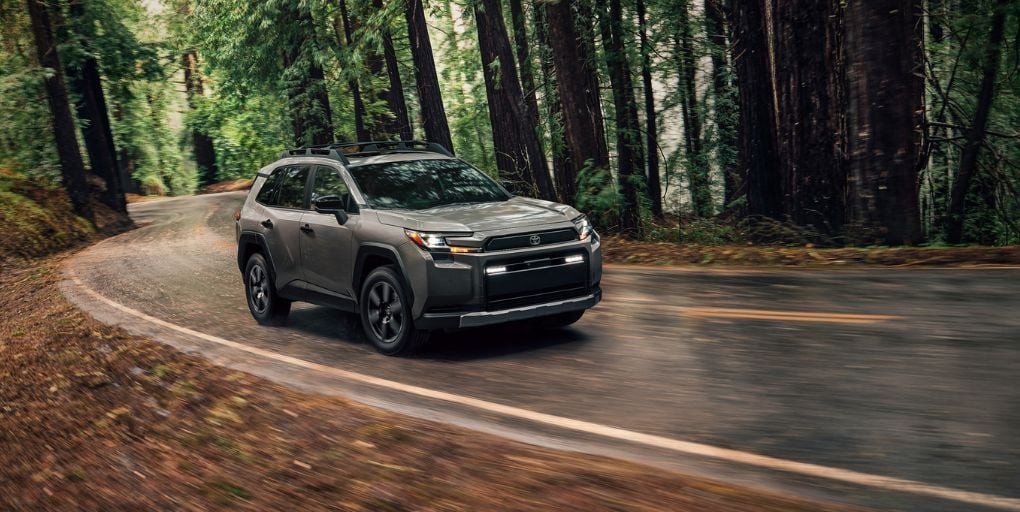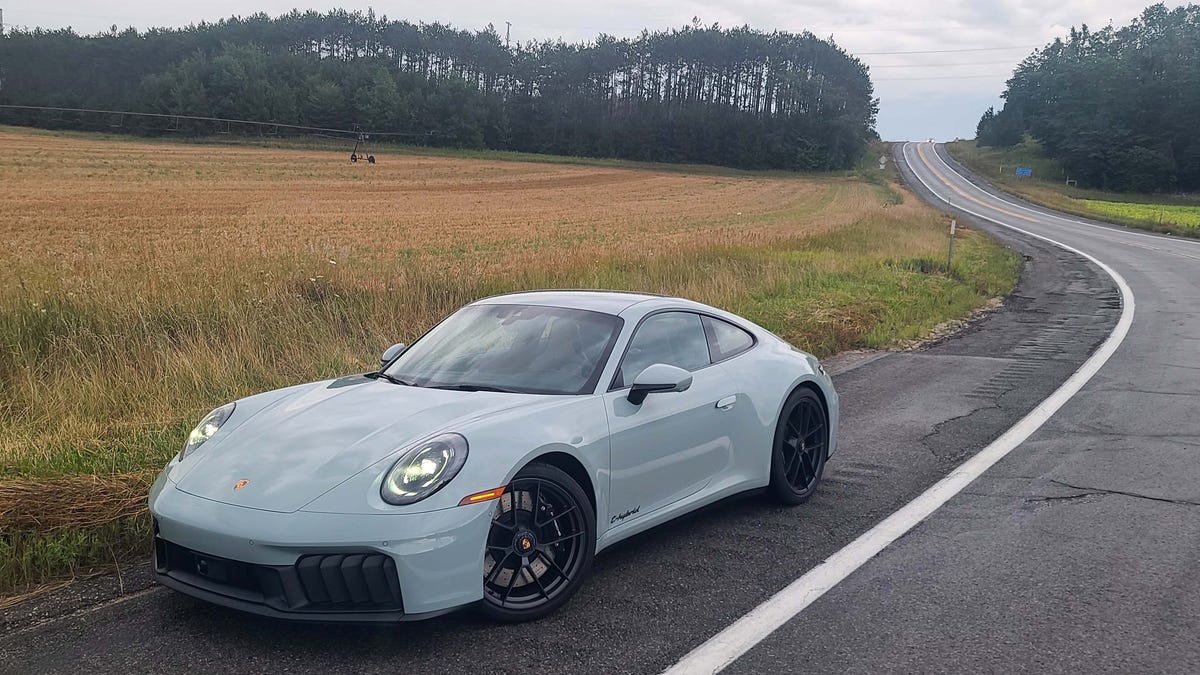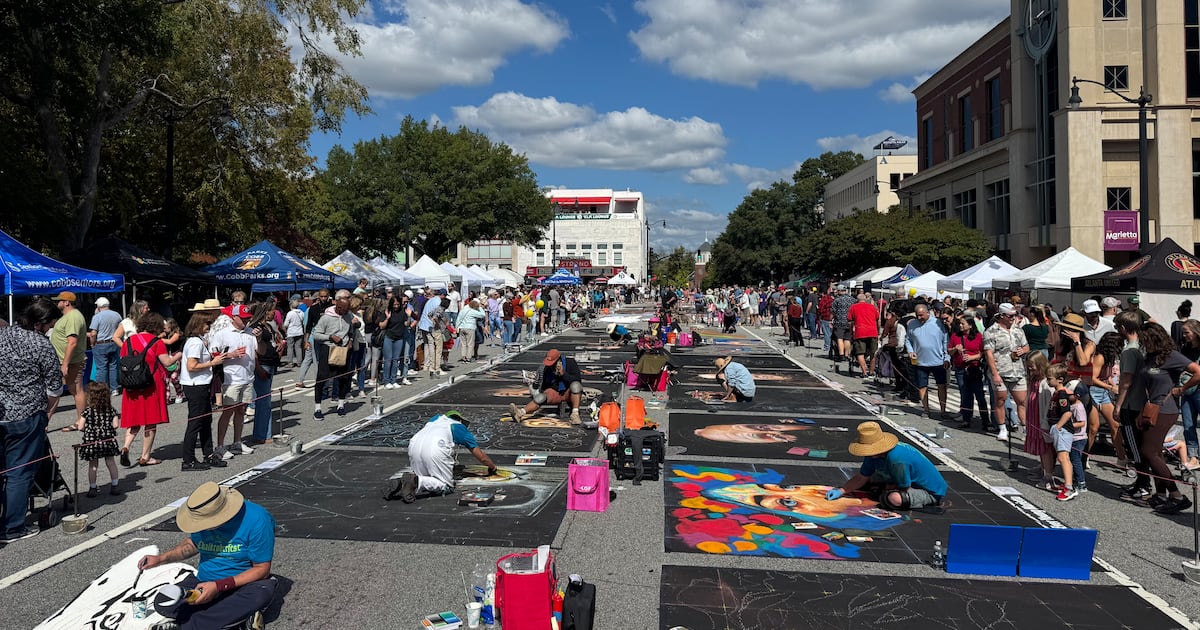Is Now the Time to Buy, Sell, or Trade-in a Car?
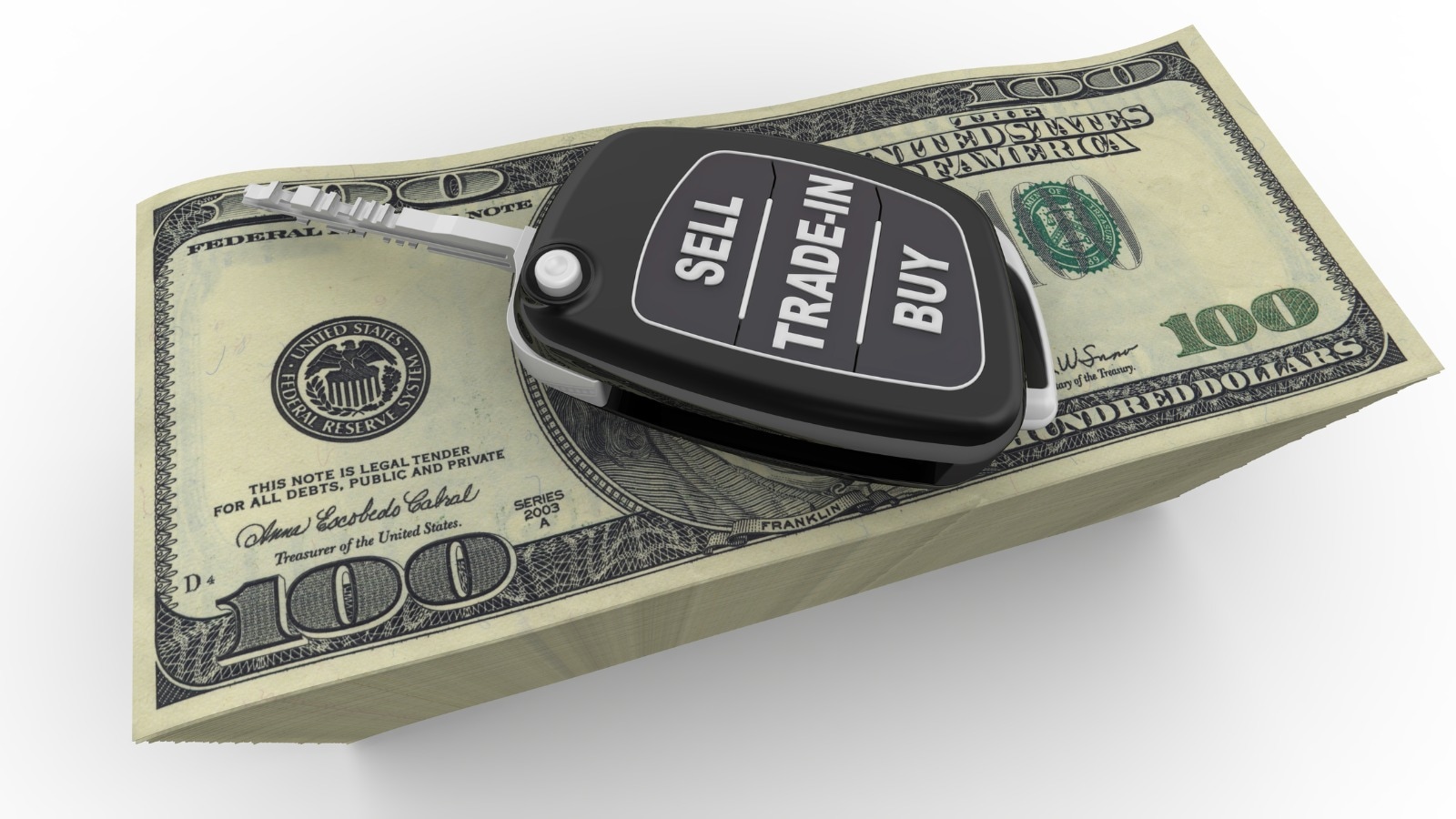


Quick Facts About the Car Buying and Selling Marketplace
May brought nothing but good news for car shoppers. Signs suggest a buyer’s market in the near future for new and used car shoppers.
Yet, you still might want to wait a few months to buy a car if you can delay the purchase.
In the new car market, prices are already falling, and most automakers this month are struggling with an oversupply of new cars to sell. That means discounts as dealers compete for your business.
In the used car market, prices held steady in May, but early signs suggest they’ll start falling soon, too.
So why wait? Because interest rates remain high. Car dealers understand that rates are a problem, and they’re doing what they can to offer attractive deals, anyway. But most economists now expect rates to move down in the fall. For many consumers, the right move might be waiting to buy, no matter how low prices go.
We’ll walk you through what to expect while buying or selling a new or used car or trading one in. Many car shoppers are in both markets simultaneously, with a vehicle to swap. They’re likely to find balanced offers on their trade-in this month. Read on to find out more.
What New Car Shoppers Can Expect


A little inside information many car shoppers don’t know — dealers don’t own the new cars they’re selling.
They’re making payments on each car on their lots, often through a complex fluctuating arrangement called a floorplan loan. The longer a car sits unsold, the more the dealer has spent to store it. That encourages them to keep inventory lean.
However, dealerships also need a variety of cars on the lot to ensure they have something in stock that will appeal to most buyers.
The sweet spot, industry tradition says, is 60 days. When dealers have about as many cars on the lot as they can sell in 60 days, they seem to be able to meet most tastes and still profit despite those payments.
With that in mind, look at the chart above. Ford dealers ended May with an average of 101 days on the lot. Jeep dealers had 147. That’s a nightmare for dealers.
A recent survey by Kelley Blue Book’s parent company, Cox Automotive, found that most car dealers are pessimistic about their prospects this quarter and next, largely because they’re overstocked.
You can’t find a great deal on any lot (Toyota, Lexus, and Honda are particularly understocked right now). But the average car dealer this month has a 74-day supply of new cars and wants to get that down to 60.
That’s why the average new car price fell last month. Buyers paid $48,389 and got an average of 6.7% of the purchase price in discounts.
RELATED: When Will New Car Prices Drop?
That would be great news if two factors didn’t temper it.
One is insurance costs.
While new car prices are coming down, car insurance premiums spiked. The cost of car insurance has grown so high in the last year that we now encourage shoppers to get insurance quotes on any car they’re considering before they put a dollar down. Insurance costs might make you consider a different car.
The other is that while it’s easy to find a decent deal on a good car this month, it’s much harder to find a good car loan.
Interest Rates May Fall Later This Year
The cost of a new car is pretty reasonable this month. The cost of borrowing to buy one is not.
The Federal Reserve, commonly called the “Fed,” sets the interest rate banks use when they lend each other money. That Fed rate governs rates for every other kind of loan, including car loans. The Fed raised rates last year to combat inflation but said it expected to cut them this year when the trick worked. It isn’t working quickly.
So they’re keeping rates high. The Fed once said it hoped to cut rates several times early this year. It’s now predicting just one cut, no earlier than September.
Since most shoppers borrow to buy a new car, the raised rate keeps the monthly cost of a new car high.
Other factors are helping affordability. The average earner would now have to work 37.1 weeks to pay off the average new car loan — a slight improvement from April’s number.
However, interest rates are limiting many shoppers’ options. Very few of us are cash buyers. Many who expect to borrow for their next car might benefit from waiting for the rate cut.
What Used Car Shoppers Can Expect
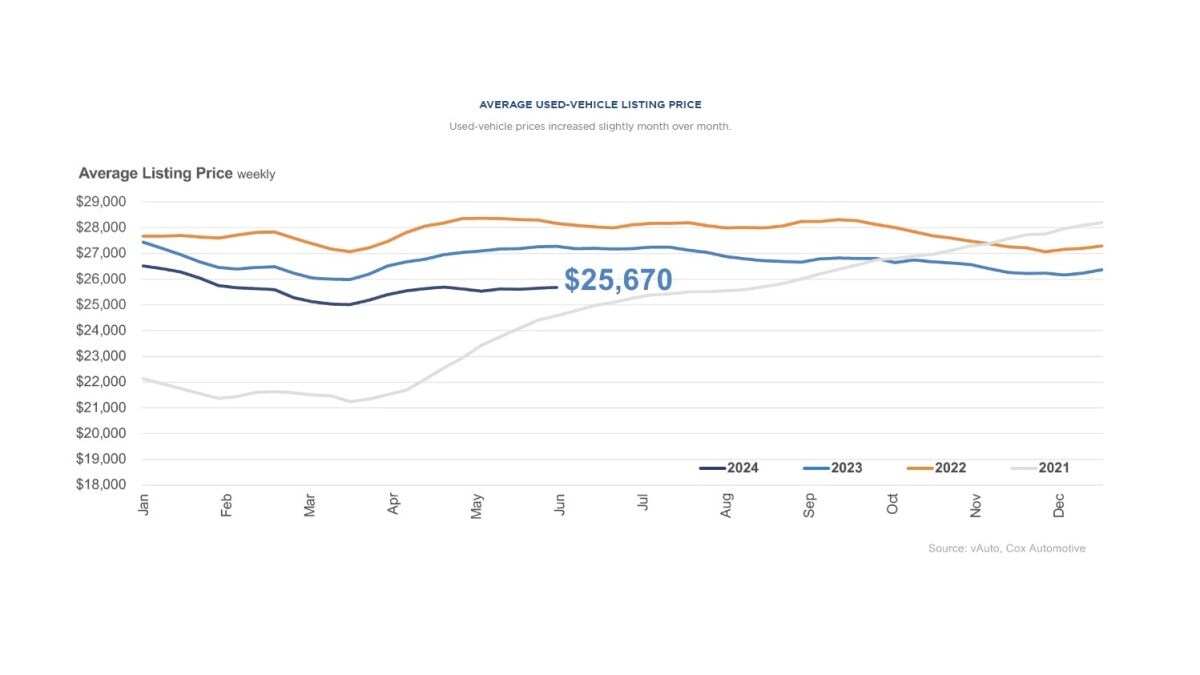

The average used car sold for $25,670 in May — almost identical to April’s number.
After the inflation of the last few years, flat prices would be enough good news on their own. But there’s reason to believe this is the start of a price drop.
The wholesale prices dealers pay for the used cars they later sell have been falling lately. Wholesale price declines tend to become retail price drops after about six to eight weeks.
That suggests that prices could be lower later this summer.
The nationwide used car supply will likely remain thin for years. Pandemic-era disruptions meant automakers built about 8 million fewer cars than they otherwise would have in 2021 and 2022. That’s 8 million cars that will never reach the used market, keeping supplies low for a long time.
But, with many buyers staying home thanks to high interest rates, dealers are still being reasonable with prices.
The only problem used car shoppers may encounter this month is a small supply of the older, higher-mileage used cars dealers sell for under $15,000. On average, there is just a 34-day supply of those.
Automakers Are Building More Expensive Cars
Though short-term trends may push new car prices down, automakers are focusing efforts on building more premium cars. The era of the inexpensive car is disappearing. A recent analysis finds that sales of cars priced at $25,000 or less have fallen by 78% in just five years. Five years ago, automakers offered 36 new models in that price range. This year, that number is just 10. Meanwhile, those priced at $60,000 or higher have grown by 163% during the same period.
Cox Automotive Chief Economist Jonathan Smoke explains that last year’s Federal Reserve interest rate hikes kept some shoppers from buying cars. “This trend induces automakers to focus on profitable products for consumers who can afford to buy, which keeps less affluent consumers out of the new vehicle market altogether and limits what is available and possible in the used market for years to come,” Smoke cautions. Cox Automotive is the parent of Kelley Blue Book.
Dealers are pushing back, telling automakers they need more affordable cars to sell. But correcting the problem will take time. You’ll likely find affordable cars in short supply on many sales lots.
Older, Less Expensive Cars Harder to Find
If you hope to find an older vehicle and your budget is less than $15,000, these cars remain in short supply. More would-be new car shoppers started buying up the available used vehicles, drawing down the inventory. Plus, Americans are holding onto their cars longer than ever. The average vehicle on American roads is now 12.6 years old. Automakers also produced fewer cars for several years after the 2008 recession, leaving fewer higher-mileage, older used vehicles available to sell.
The most accessible used cars are priced between $15,000 and $30,000.
How to Buy a Car Right Now


If you want a new or used vehicle, shoppers are still getting sticker shock. New car prices remain about 21% higher than three years ago when the average transaction price for new vehicles was around $40,000. But take stock that your next car will likely last longer and help you drive safer than ever with all the technological advances and offerings.
RELATED: Buying Older, Used Cars in 2024
Vehicle quality studies repeatedly show that today’s new cars suffer fewer problems than those from just a few years earlier. Buyers of higher-priced used cars will likely see the vehicle driving on the road even longer. The same goes for those buying new ones.
With most automakers now building such durable cars, they compete by adding more high-tech features. Features like adaptive cruise control and Apple CarPlay are now more common than ever on entry-level vehicles. Read on to see our tips on buying a car below.
How to Leverage Incentives to Buy a New Car
In May, car incentives comprised 6.7% of the average deal, or $3,200, up from 6.3% in April. To take advantage of incentives, read about our monthly best car deals to find dealer or manufacturer incentives, including cash back and lower interest rates for financing your next vehicle.
RELATED: How to Buy a New Car in 10 Steps
Selling a Car Right Now
Few of us can sell a car without needing to buy a replacement. But, if that’s you, what are you waiting for? You could get more for your vehicle if it’s in high demand, and that’s excellent news. The best way to get the most money for your used car is to sell it privately. But if you don’t want the hassle, there is still an opportunity to sell to a dealership.
PRO TIP: If selling a car, consider selling it peer-to-peer using Kelley Blue Book’s Private Seller Exchange marketplace. It’s a low-cost method that helps consumers earn more for their vehicle than selling to a dealership.
Trading in a Car Now
The ongoing shortage of used cars will be with us for years. As a result, you’ll likely still see respectable offers for your used car this month.
“Fewer new vehicles produced in 2021 meant lower leasing, which equals fewer lease maturities starting this year,” said Jeremy Robb, senior director of Economic and Industry Insights at Cox Automotive. After being low for the last two years, used-vehicle supply is expected to improve later in 2024 — but that will be without much help from off-lease supply.”
Searching for a decent price for your trade-in is still a good idea by shopping it around. Each dealership tries to keep a balance of vehicles on its lot. Sometimes, the one you want to buy from doesn’t need your trade-in desperately, but a competitor does.
Research your vehicle’s Kelley Blue Book value, then call several local dealerships to see what they’ll offer you for it. Or try our Instant Cash Offer tool, which brings the deal to you from various dealerships without obligation. You can choose your preferred offer or use it to negotiate with others.
Looking Ahead
According to the Cox Automotive/Moody’s Analytics Vehicle Affordability Index, new vehicle affordability improved throughout last year. That trend is continuing so far in 2024.
However, car shoppers can expect the second half of 2024 to look better since any interest rate cut could help affordability. Easing inflation could relieve car buyers if the Federal Reserve lowers rates this year.
RELATED: 10 Best Used Car Deals
Tips for Buying a Vehicle Right Now


If you shop right now, we recommend a few strategies to help you find the right new or used car that fits your budget.
- Expand your search. Widen your search to a broader geographic area.
- Stay patient. Call dealerships early and often to see what’s coming off the trucks for those harder-to-find vehicles. Leave a refundable deposit if you want first dibs.
- Buy a less expensive model. With higher car loan interest rates, consider buying a cheaper vehicle model instead of a more expensive one in the lineup you’re considering.
- Understand the timing. Be prepared to shop for several weeks, and know it involves calling or visiting several dealerships as you look for the right fit.
- Don’t jump. Shop around your trade-in as aggressively as you seek out the right car. Don’t accept the first offer. You could sell yourself short.
- Weigh your options. Don’t just look for a car; search for the best interest rates from banks or credit unions. Also, shop for your insurance rates ahead of the deal to know how much the higher auto insurance costs will cost for your desired vehicle. Then, weigh all your options, including financing incentives and deals at the dealership, if that’s where you buy your next vehicle. Also, you may find the price differences of some newer model used vehicles are almost the same as new cars. Just keep all your options open during your search.
- Don’t pay dealer markups. If you see a markup, sometimes called a market adjustment, on your final invoice, ask that it be removed or shop at another dealership.
- Question all add-ons. If your sales summary includes entries like “window tint” or “fabric protection” and other add-ons you didn’t request, ask for those line items to be removed from your invoice. Many dealers tack on these extras to make quick profits.
It may make sense to keep your existing car for another year. If you must buy, be prepared to take excellent care of your next car to keep it running for a long time.
Related Articles About Car Buying and Selling:
Editor’s Note: This article has been updated since it was initially published.
link

